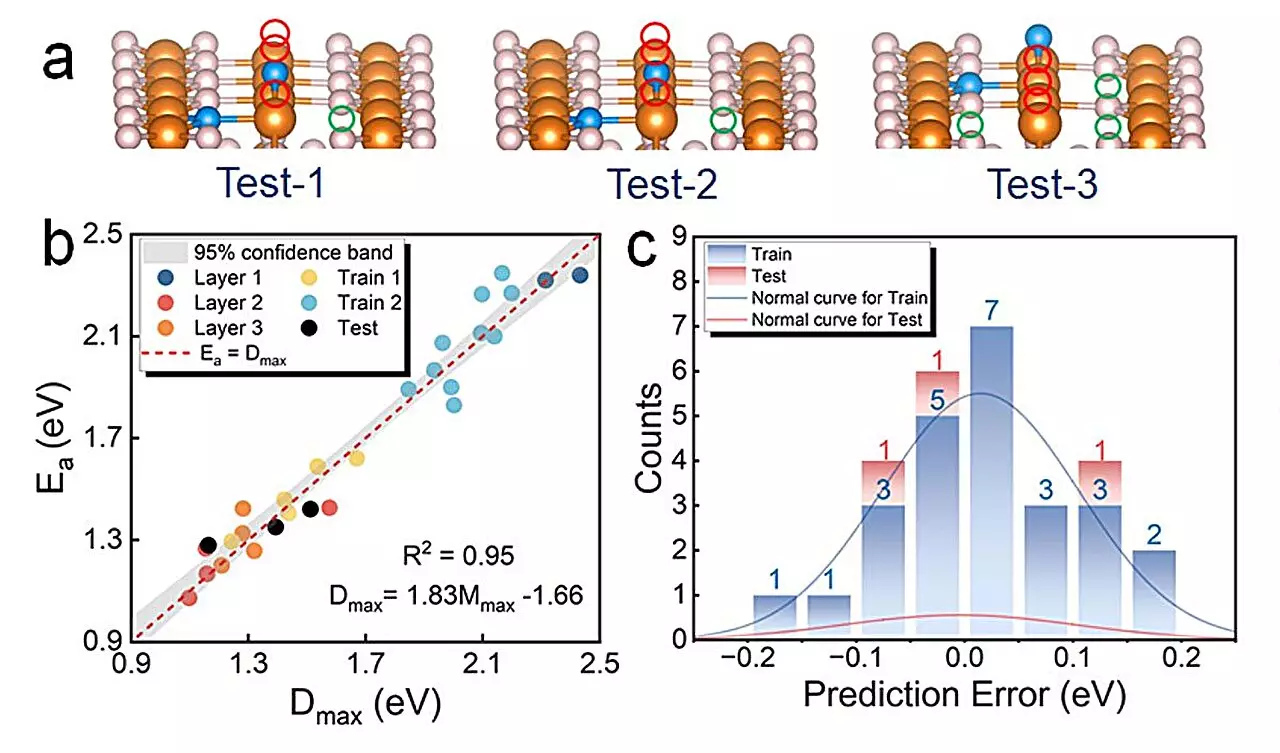Solid-state hydrogen storage has long been considered a key technology in the transition towards sustainable energy solutions. The use of hydrogen as a clean energy source has the potential to revolutionize the way we power our world, especially when sourced from renewable sources. Magnesium hydride (MgH2) has emerged as a promising material due to its high storage capacity and abundance. However, despite decades of research, MgH2 has fallen short of meeting the performance targets set by the US Department of Energy (US-DOE).
One of the primary challenges in optimizing solid-state hydrogen storage materials is the complex nature of dehydrogenation reactions. Current methods for assessing the efficiency of these materials rely heavily on calculating dehydrogenation enthalpy and energy barriers, with the latter being particularly difficult to determine. Traditional transition state search techniques are both time-consuming and costly, slowing down the pace of discovery and optimization.
Recently, a research team has developed a data-driven model that aims to predict dehydrogenation barriers in MgH2 using more easily computable parameters. By focusing on the crystal Hamilton population orbital of the Mg–H bond and the distance between atomic hydrogen atoms, the model offers a more efficient way to assess the performance of hydrogen storage materials. This model significantly reduces the computational demands compared to traditional methods, allowing for faster and more accurate predictions.
The model’s predictive power has been validated against experimental measurements, showing strong agreement and providing valuable insights for enhancing the performance of MgH2. This breakthrough not only brings magnesium hydride closer to meeting US-DOE targets but also opens up possibilities for broader applications in other metal hydrides. The researchers plan to extend the model’s applicability to different metal hydrides, potentially leading to the discovery of new composite materials and innovative solid-state hydrogen storage solutions.
The development of a data-driven model for predicting dehydrogenation barriers in magnesium hydride represents a significant advancement in the field of solid-state hydrogen storage. This model offers a more efficient and cost-effective way to assess the performance of hydrogen storage materials, paving the way for cleaner and more efficient energy systems in the future. By bridging the gap between experimental techniques and computational predictions, this model has the potential to accelerate the development of high-performance hydrogen storage solutions.



Leave a Reply